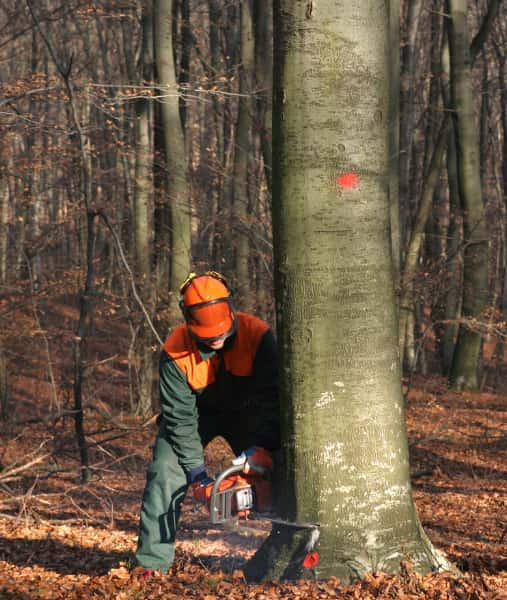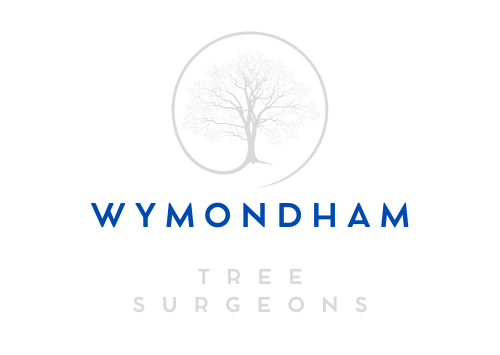Signs of Dead Wood in Trees: When to Call a Professional Tree Surgeon
As nature enthusiasts, we all appreciate the beauty and benefits trees bring our surroundings. However, like any living organism, trees undergo a natural ageing process, and with time, some parts of them may become weaker or lifeless. One common issue that trees can face is the presence of dead wood. Identifying and addressing dead wood promptly is crucial for maintaining tree health and safety. In this blog post, we’ll explore how to recognise signs of dead wood in trees and why seeking professional assistance from skilled tree surgeons is essential.
1. What is Dead Wood in Trees? Deadwood refers to tree branches or limbs that have lost their vitality and no longer contribute to the tree’s growth or functionality. It can occur for various reasons, including disease, pests, environmental stress, or natural ageing. Over time, dead wood becomes brittle, making it prone to breakage and posing a risk to property and safety.
2. Identifying Signs of Dead Wood: Detecting dead wood in trees requires careful observation. Look for the following indicators:
- Lack of Leaves: Deadwood often lacks leaves, even during the growing season when the rest of the tree is flourishing.
- Brittleness: Gently tapping the branch can reveal if it’s brittle and easily breaks off.
- Bark Peeling: Dead branches may have peeling or loose bark, indicating decay underneath.
- Fungus and Insects: The presence of fungi, such as mushrooms, or an infestation of wood-boring insects can indicate dead wood.
- Discolouration: Dead branches may have a different colour than the healthy parts of the tree, appearing darker or lighter.
- Hanging Limbs: Dead branches may hang or sag instead of maintaining their normal position.
3. Why Address Dead Wood? Leaving dead wood unattended can lead to several issues:
- Safety Hazards: Dead branches are at risk of falling, posing dangers to people, structures, and vehicles below.
- Disease Spread: Deadwood can become a breeding ground for pests and diseases, which can spread to other healthy parts of the tree.
- Aesthetic Appeal: Deadwood can detract from the overall beauty of the tree and your landscape.
4. The Importance of Professional Tree Surgeons: While homeowners dealing with dead wood can do some minor pruning requires expertise. Professional tree surgeons have the knowledge and experience to:
- Safely Remove Dead Wood: They use proper techniques and equipment to ensure the safe removal of dead branches, preventing accidents.
- Inspect for Other Issues: Tree surgeons can identify potential problems and provide appropriate solutions to maintain tree health.
- Promote Tree Longevity: Regular inspections and pruning by professionals can extend the life of your trees and enhance their growth.
- Preserve Landscape Beauty: Tree surgeons can enhance the aesthetics of your landscape by selectively removing dead wood and improving the tree’s appearance.
In conclusion, being able to recognise the signs of dead wood in trees is vital for ensuring their health and safety. If you notice any indicators of dead wood, it’s best to consult a reputable tree surgeon. At Wymondham Tree Surgeons, we have a team of skilled professionals ready to assist you with any tree care needs. Remember, a healthy tree not only enhances the beauty of your property but also provides invaluable benefits to the environment and the community.
Call us on 01953 667 637 or click here to complete our contact form and see how we can help with your tree’s needs.

